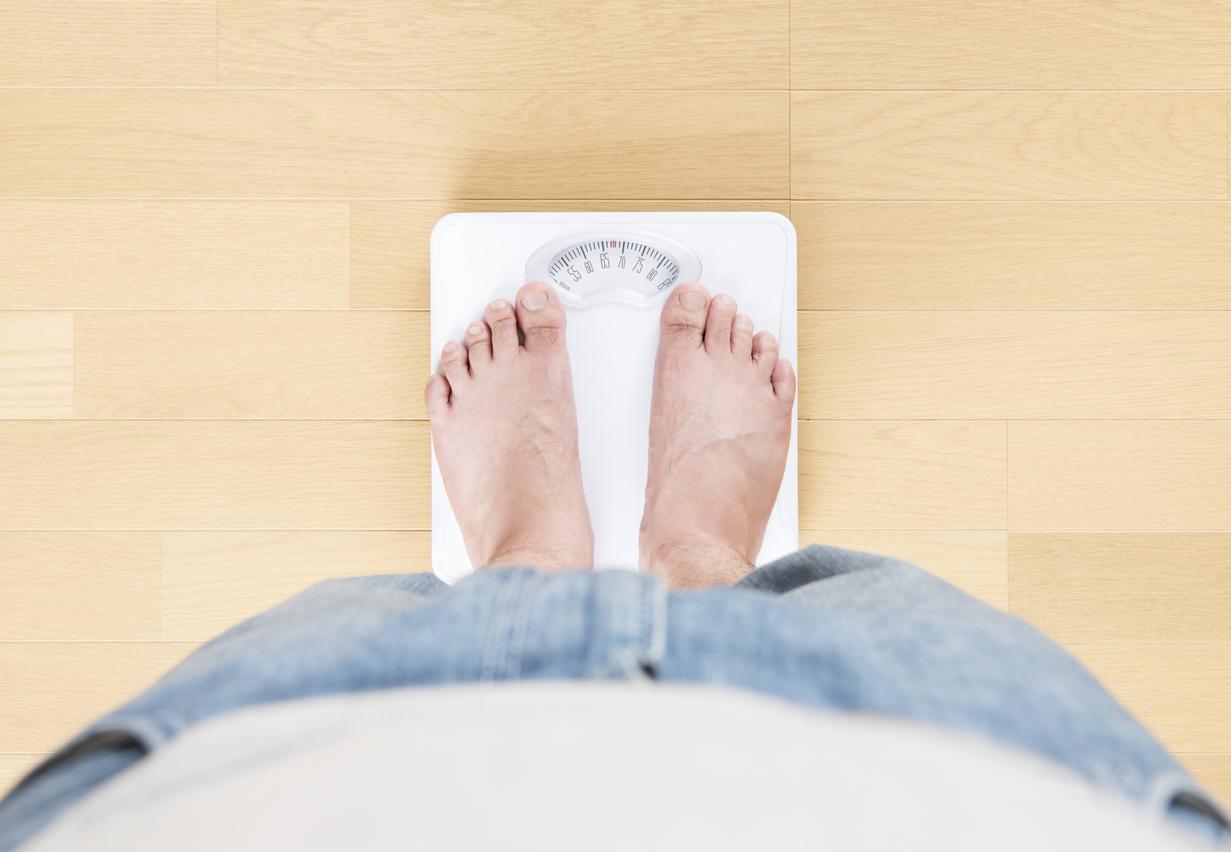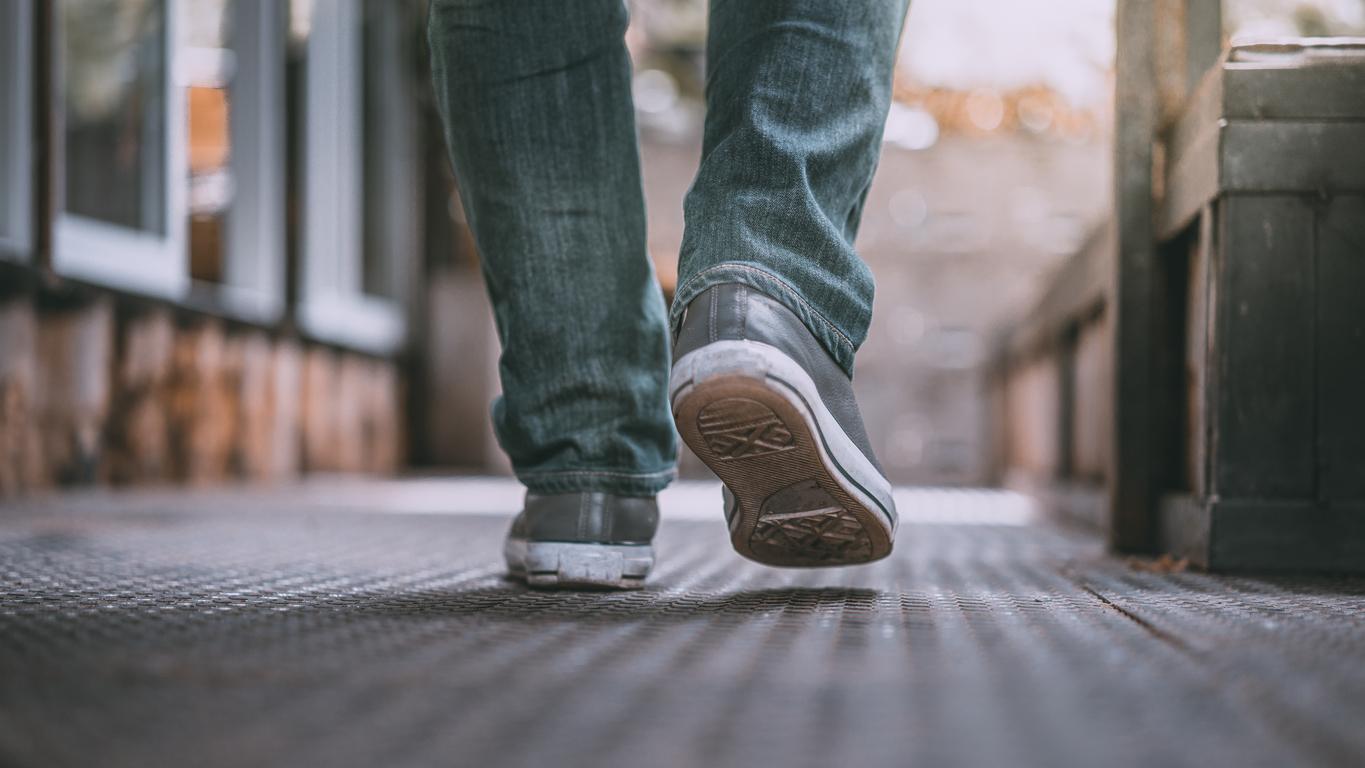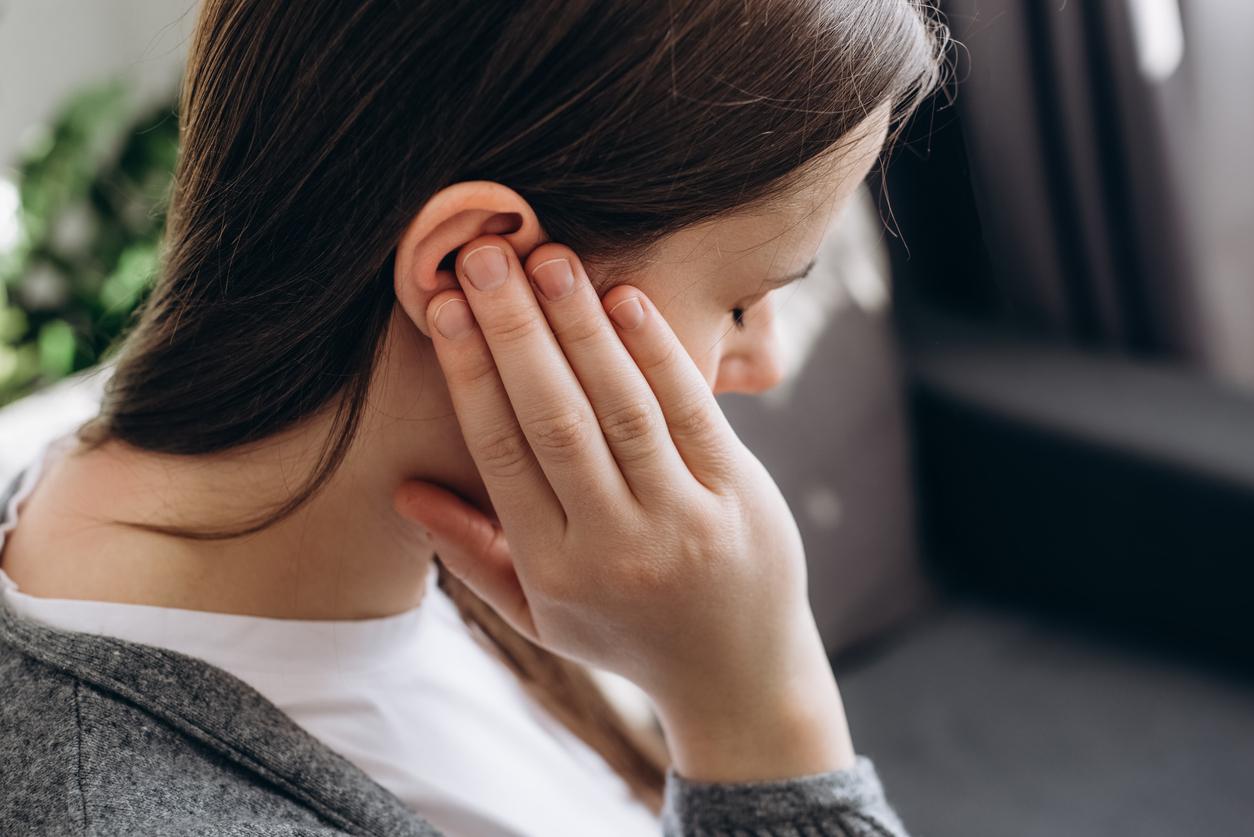Episodes of low back pain are shorter when affected people first go to a physiotherapist or chiropractor.

- Adults with back pain who first sought specialist care suffered twice as long as those who initially consulted a physiotherapist or chiropractor.
- Patients who went to the emergency room were more likely to have expensive tests.
- More than half of the patients who went to the emergency room were prescribed opioids.
It is one of the main causes of medical consultation. Low back pain is pain, often intense, in the vertebrae located in the lower back. In the event of back pain, the recommendations give priority to non-pharmacological and non-surgical treatments. However, patients are often prescribed painkillers or referred to specialists for procedures, such as surgery. These approaches do not necessarily address the root cause of lower back pain, which can lead to prolonged periods of pain and high costs of care. Additionally, long-term use of opioids can lead to dependence and unwanted side effects.
Physiotherapy, chiropractic: therapy reduces the duration of back pain
Thus, researchers from the University of Pittsburgh (United States) decided to conduct a study to examine the link between the first doctor consulted and the use of health care for lower back pain. As part of their work, they reviewed 29,806 patient medical records, primarily from Pennsylvania, collected between 2015 and 2018. The team noted significant differences depending on where patients first sought help. get treatment. According to the results, published in the journal Physical Therapypeople who first sought specialized care (rheumatology, pain management) suffered twice as long as adults who first consulted a physiotherapist or chiropractor.

Low back pain: more than half of patients who went to the emergency room received opioids
Another finding: patients who went to the emergency room were more likely to undergo expensive tests and be prescribed opioids. In detail, more than half of patients who went to the emergency room were prescribed opioids, compared to only 11% of people who first had recourse to chiropractic or physiotherapy. This led to longer pain episodes and higher healthcare costs.
“Often, people with low back pain end up going around the system, going from one specialist to another. Their care costs a lot of money, but their condition doesn’t improve.” reported Dr. Christopher Standaert, who was not involved in the study. “Opioids and injections are, at best, Band-Aids for acute episodes of low back pain. We need to flip the model and prioritize wellness rather than just treating pain,” concluded Christopher Bise, physiotherapist and author of the research, in a statement.

















